These days, people have so many different kitchen tools at their disposal, they aren’t sure what to use for which task! This is extra challenging when choosing between similar types of the same kitchen utensil - in this case spatulas.
So, slotted spatula vs. solid spatula: what’s the difference? Even the most seasoned home cooks are perplexed by this question.
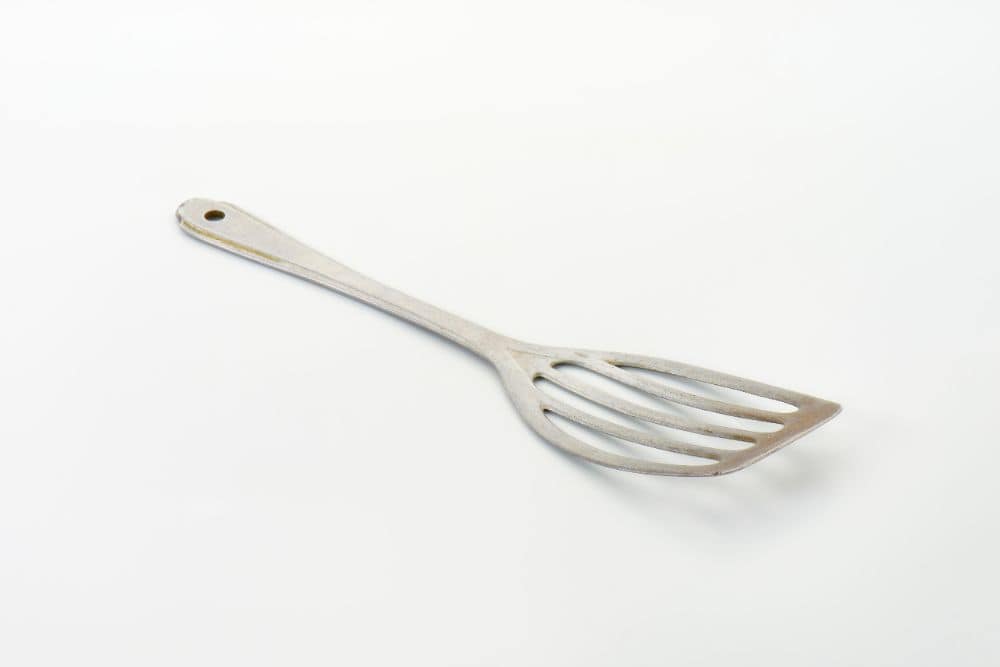
A Metal Slotted Spatula is Ideal for Cooking Meats - as It Allows the Juices to Stay in the Pan
We’ll take a look at the difference between slotted and solid spatulas and which to choose for your particular cooking or baking needs.
The term spatula is broad and can refer to a number of kitchen tools. In kitchen terminology, a spatula means any broad, flat, and thin tool, often with an edge or blunt blade.
Cooks use spatulas for many kitchen tasks, from sauteing and broiling to baking and frosting. In English, the term spatula comes from the Latin word spatha, referring to a weapon or flat tool.
Given its thin, blade-like design, is it any wonder this Latin term now refers to the modern tools we call spatulas?
English speakers have been using the term spatula since around the 1520s. At this point in history, the word referred to the medical variety of these tools.
It was not until the 1700s that cooks used the term to refer to kitchen utensils.
Since that point in history, spatulas have undergone quite an evolution. Today, there are many kinds of kitchen spatulas, made of all kinds of materials.
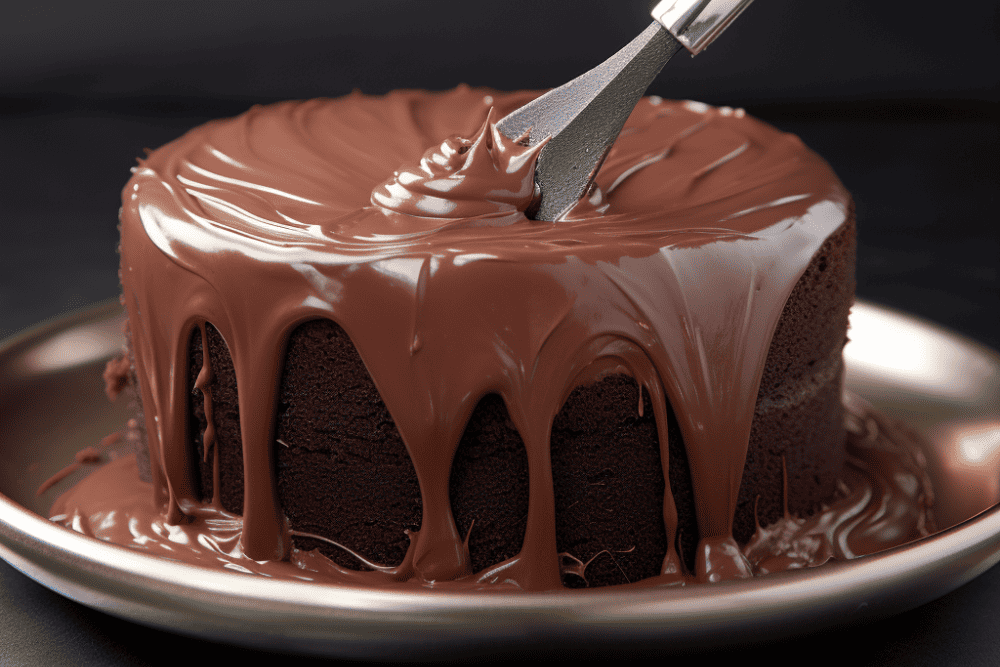
A Silicone Spatula Designed for Frosting Cakes
Stores offer silicone spatulas, fish turner spatulas, metal spatulas, plastic spatulas, wooden spatulas- you name it!
A silicone spatula is designed to handle high heat and is more safe to use with a nonstick pan than a metal spatula.
Fish turner spatulas are slotted and at an angle - making it easier to flip over a fish fillet without spattering grease everywhere.
These various kinds fall into four general categories:
Flipper or turner spatulas are metal, plastic, or wood. As their name would suggest, these spatulas are used for flipping or turning food so that it is cooked evenly on both sides.
Brits may know this kind of spatula as a fish slice, or fish spatula. Flipper or turner spatulas are the kind of spatulas that come in slotted and solid varieties.
More on slotted vs. solid spatulas: what’s the difference to come.
The OXO 3 Piece Silicone Spatula Set Provides You with 3 Spatulas Meant for Different Purposes
Shovel spatulas are also called cookie shovels, dough cutters, or bench scrapers. This kind of spatula usually consists of a flat, broad metal rectangle with a blunt edge on one side and a wooden or plastic handle on the other.
Shovel spatulas are great for lifting hot baked goods off a tray, dividing dough into sections, or cutting through pastries and bread.
Because cooks so often use them in baking, one is very likely to find a shovel spatula in the kitchen of every pastry chef.
Frosting spatulas, as you can probably guess, are often used for spreading things or frosting cakes, cookies, and cupcakes.
Chefs and home cooks sometimes refer to these spatulas as palette knives. A frosting spatula usually consists of metal, with a wooden or plastic handle.
This kind of spatula features a long, thin, flat piece of metal with a bend or curve onto which a handle attaches.
This bent or curved design allows chefs and home cooks to spread butter, frosting, jelly, and more without their hands getting in the way.
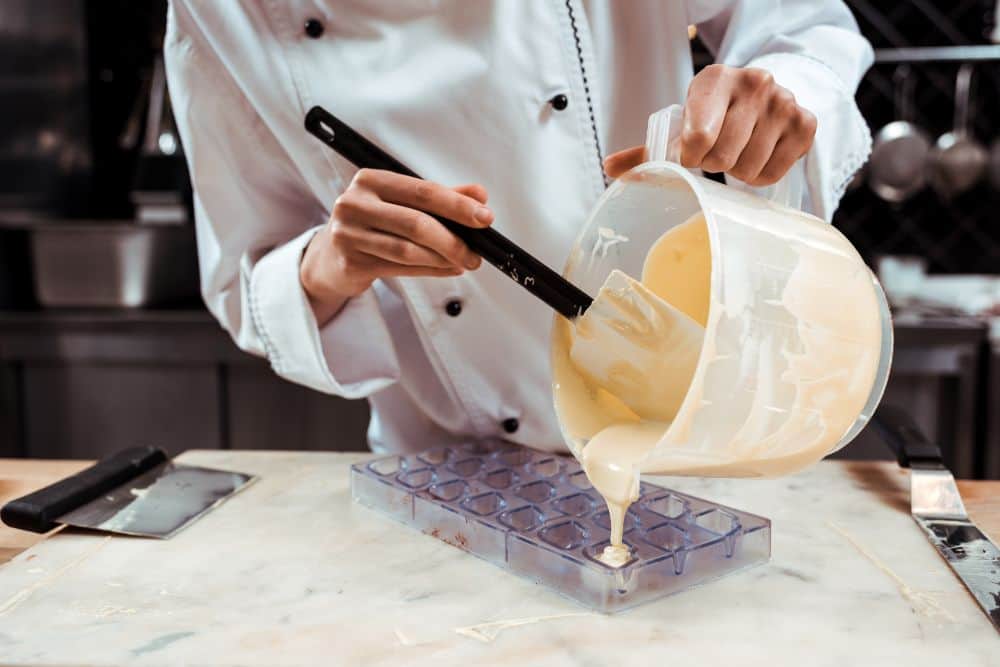
A Silicone Scraper Spatula Allows Chefs to Easily Scrape All Ingredients Out of the Mixing Bowl
The final kind of spatula, the baking spatula, is also sometimes referred to as a scraper spatula, scraper spoon, or simply a scraper.
Given the name, it is no surprise that cooks use this spatula to scrape down the sides of a bowl while mixing dough or to collect the last bits of brownie batter to eat.
Scraper spatulas are usually made of rubber, with silicone being the most popular material, to produce a great piece of nonstick cookware.
The rubber is usually curved and tapers to a blunt, bendable edge most auspicious for scraping. Attached to this rubber piece is a handle that may consist of plastic, wood, metal, or more rubber.
These spatulas are great for tasks like cooking scrambled eggs in a nonstick pan. You can easily stir the ingredients around without fear that the silicone spatula will damage your nonstick cooking surface.
Fun fact: some people call scraper spatulas child cheaters because they do such an efficient job of scraping every last bit of batter from a bowl that they rob children of that honored delight of licking the bowl clean.
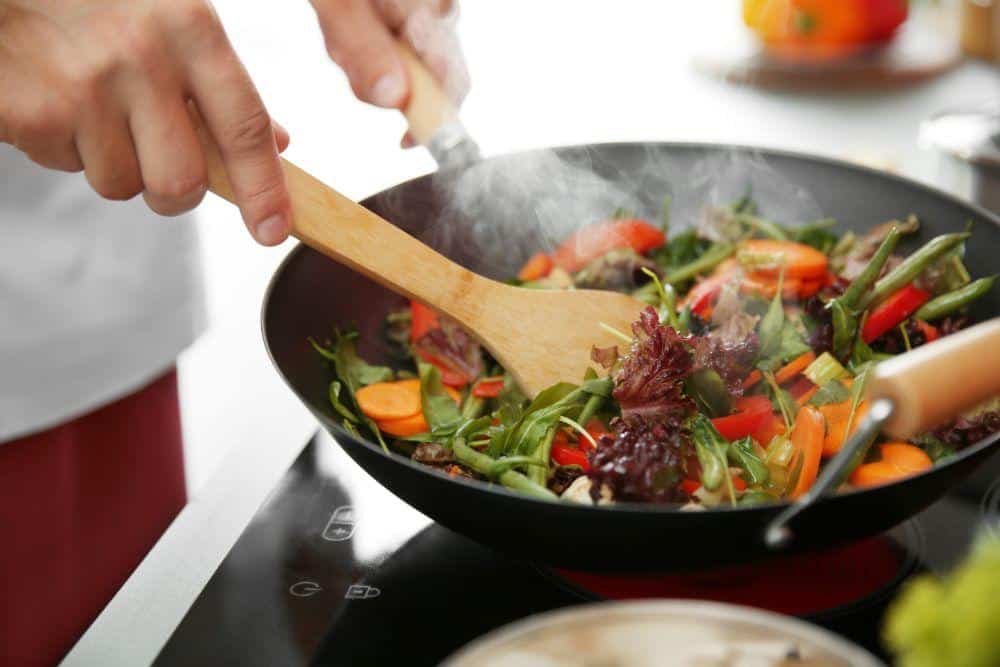
Spatulas are Helpful Tools When Cooking on the Stove
The simple difference between slotted spatulas vs. solid spatulas is that the former has slots or holes in the flat, thin section opposite its handle while the latter does not.
You’ll only find slots among flipper or turner spatulas and not among the other varieties of spatulas.
As discussed, cooks use flipper or turner spatulas for turning food over. Understanding the difference between slotted and solid spatulas will help you determine which spatula to use for which job.
The purpose of holes (or slots) in slotted spatulas is to let a food’s natural liquids and juices run through the spatula to return to the surface that you’re cooking or resting food on. Liquid and excess grease drains through the hole and back into the frying pan before you transfer the food to a plate.
This gives slotted spatulas some uses not great for a solid turner spatula.
These slots aren't limited to spatulas, you probably have a slotted spoon in your kitchen that allows you to remove solid food from a pot or pan - while leaving the liquid behind.
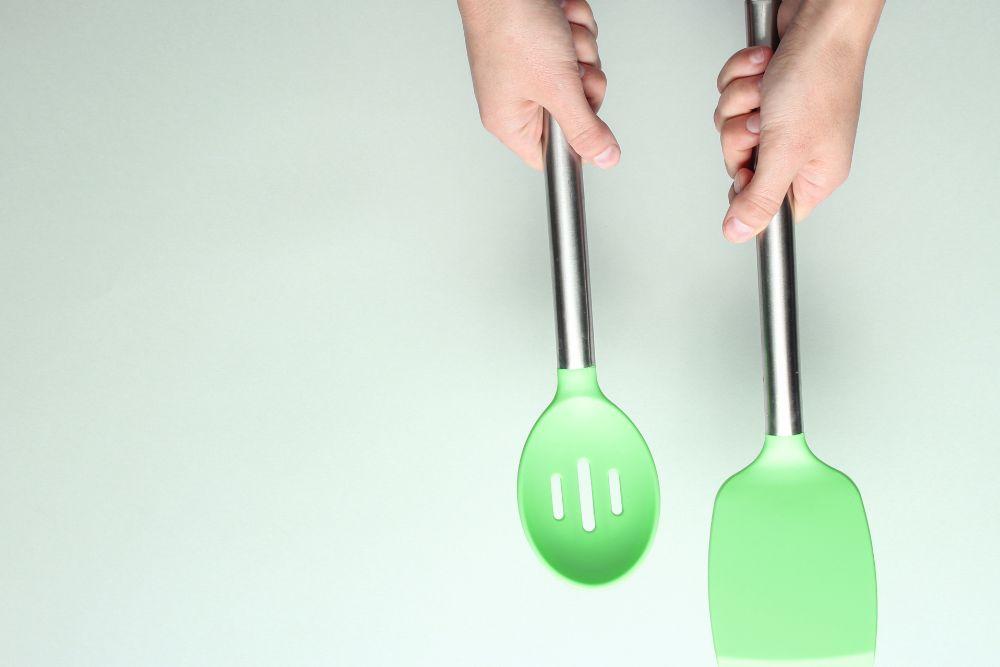
Use Slotted Spoon and Solid Spatulas Made of Different Materials Depending on the Materials of the Pan
For one, slotted varieties are the best spatulas for turning meat in pans while cooking on the stove, which tends to produce a good amount of excess liquid when cooked. You might use a slotted spatula to flip a steak, burger, chicken breast, or pork loin, allowing the meat’s juices to run through the spatula and accumulate in the pan.
When juices stay in the pan, they continue to moisturize the meat as it cooks. Additionally, cooks can later use those juices to baste the meat or make a delicious pan sauce.
Another excellent use for slotted spatulas is lifting and transferring fried foods. Slotted spatulas are ideal for this purpose because oils can run through the spatula, back into the fryer where they belong.
In this way, a cook doesn’t end up with unwanted, excess oil coating their food. A cook might use a slotted spatula to lift battered fish, doughnuts, or tempura from a deep fryer or pan.
If slotted spatulas are great for meats and fried foods, how about solid spatulas? Since the slots are there to let juices and oils run through the spatula, you’ll want to use a solid one if you aren’t looking for that moisture to run through.
One food perfect for a solid spatula are pancakes. Pancakes start liquid and become solid in the pan. Solid spatulas are ideal for flipping pancakes because no batter will run through the spatula.
Another excellent use for solid spatulas is serving crumbly items because crumbs stay adhered to the food without falling through the spatula’s slots.
For this use, you might choose a solid spatula to serve crumbly cakes, pies, or cookies.
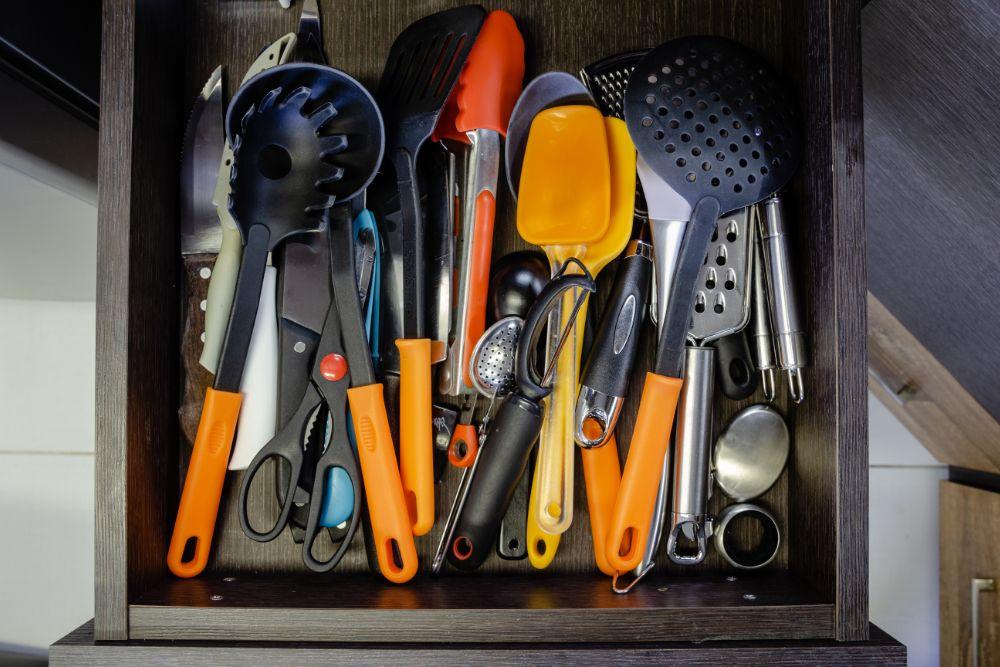
Slotted and Solid Spatulas are Both Essential Pieces of Your Kitchen Inventory
We rounded up some frequently asked questions to assist you in all your spatula endeavors.
The material of a spatula makes a big difference in how you use it. If you need to wedge the spatula underneath something, you’ll likely want a thinner spatula, so choose one made of metal or plastic.
Keep your cookware in mind as well. When using scratchable cookware, like Teflon, choose a plastic or rubber spatula.
A wooden spatula should be kept out of the dishwasher due to the extreme temperatures that can warp and damage the wood. Hand was with warm soapy water instead.
Spatulas with holes are simply another version of slotted spatulas. The difference between holes and slots is purely aesthetic. Both serve the purpose of allowing juices and liquids to run through the spatula.
You can use a solid spatula for meat - it will flip food. However, slotted spatulas are best suited for this purpose because they allow a meat’s natural juices to run through the spatula and back onto the cooking surface.
While the English term spatula did not emerge until the sixteenth century, the tools are much older.
Early humans in ancient Babylonia and Egypt used ancient versions of these kitchen tools that consisted of bone or wooden paddles for scraping, cutting, and turning food.
The Iron Age (circa 1200-550 BC) brought significant developments in spatula design when people created and adjusted various kinds of tools for specific tasks. Spatulas come under the category of lever tools created during this period.
Historians believe lever tools, like spatulas, proliferated in design and creation during this period when humans were better able to make and alter them for distinct purposes.
Since that time, spatula design and development has continued to evolve, leading to today’s modern versions of the kitchen tool.
